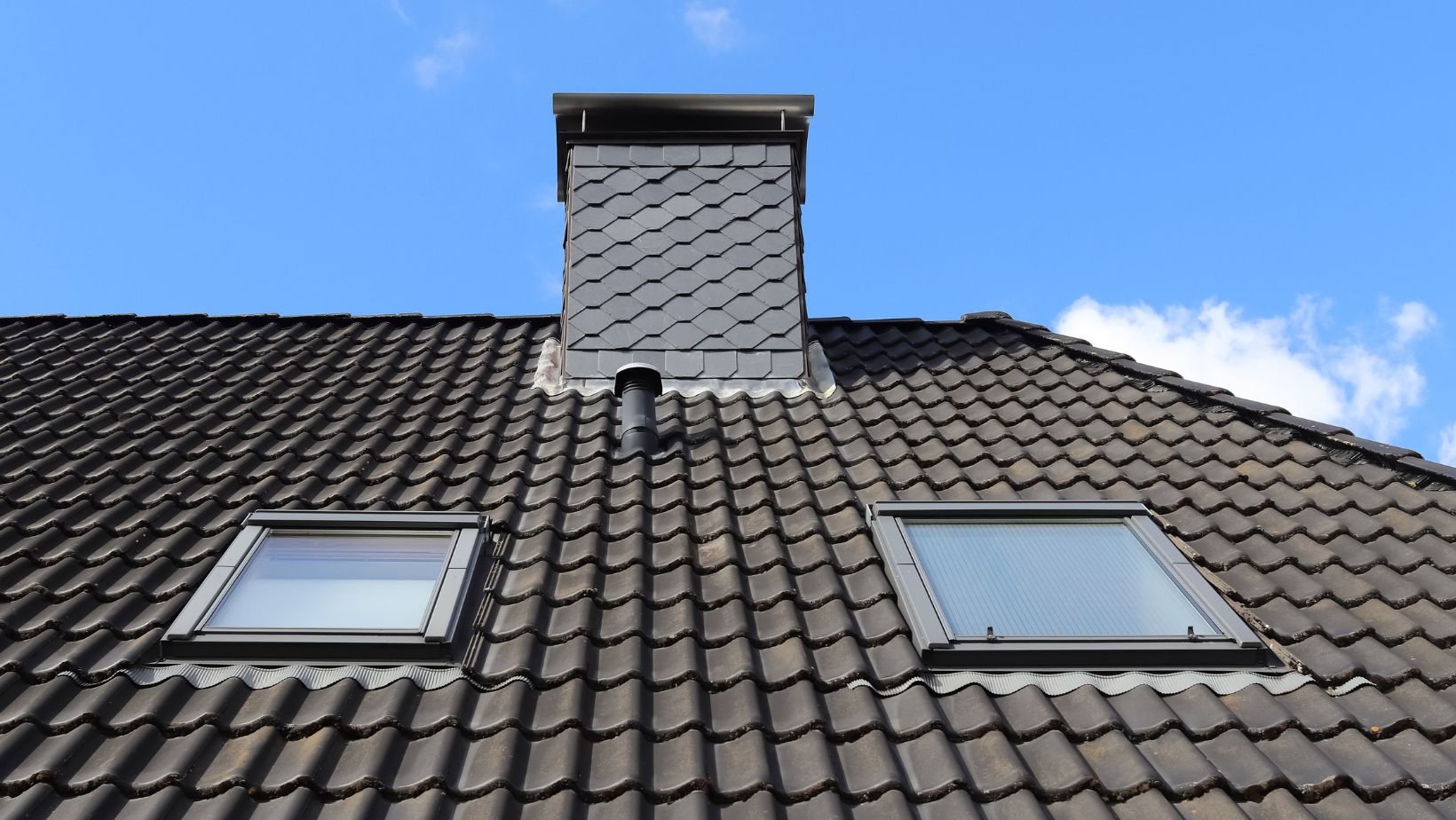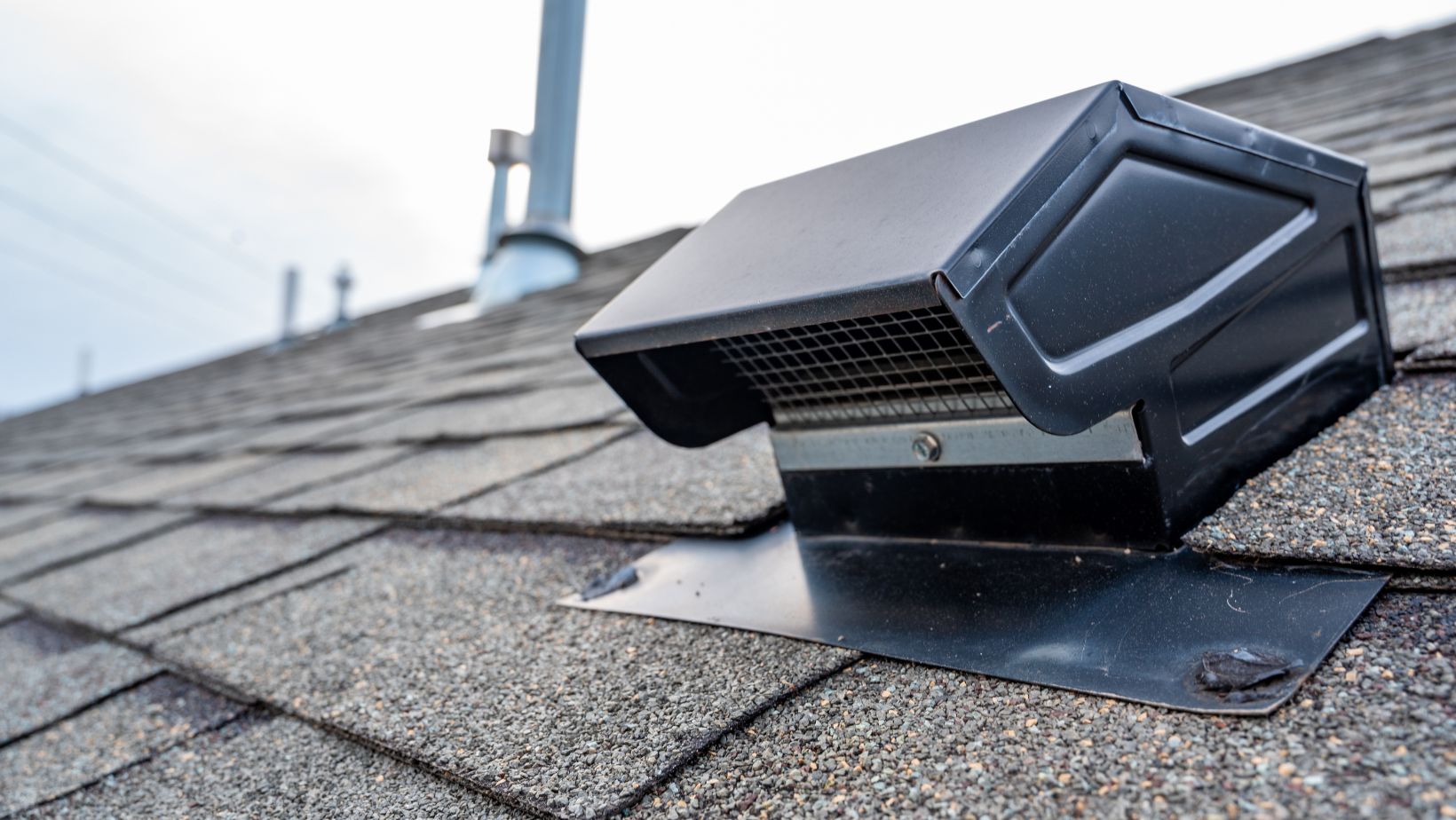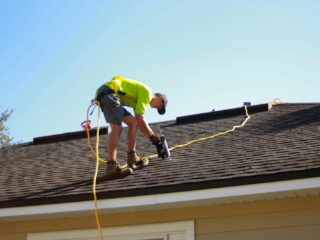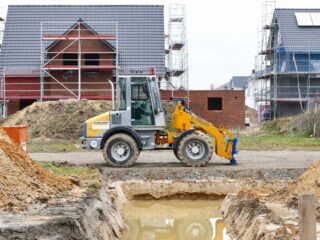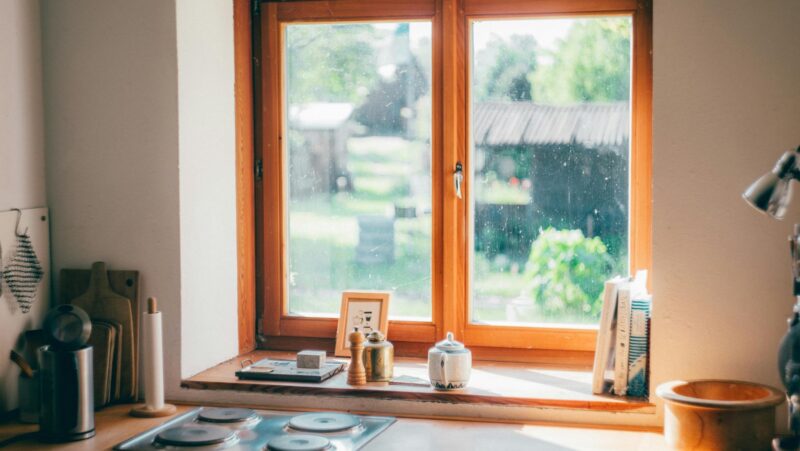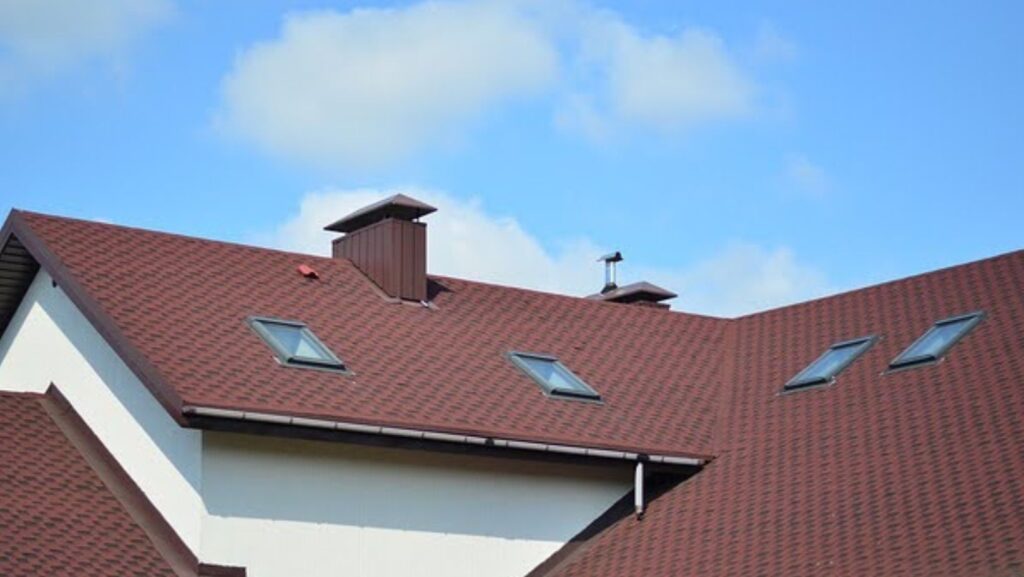
A roof ventilation system completes your roofing system and is key for a healthy, efficient home. It regulates the attic’s humidity and temperature by letting drier, ambient air replace the hot one. Proper ventilation allows airflow in the attic or underneath the roof deck. Ensuring your roof vents are properly installed comes with many invaluable rewards. Discussed below are five benefits of proper roof ventilation.
Extended Roof Lifespan
Inadequate roof ventilation results in moisture and heat buildup, accelerating your roof’s deterioration. Trapped moisture and heat create an ideal environment for different types of damage, including the following:
- Mold growth: Moist environments are an ideal breeding zone for mold, which quickly spreads when ignored
- Wood rot: Extended moisture exposure can cause your roof’s structural components to rot
- Shingle damage: Excessive heat can make your shingles to warp, curl, or crack
When not properly ventilated, your roofing materials break down quickly, shortening your roof’s lifespan. Proper roof ventilation helps:
- Create a balanced airflow that controls moisture and temperature levels
- Reduce wear and tear on your roofing materials by averting condensation and heat buildup
- Minimize the possibility of structural problems brought about by trapped moisture, increasing your roof’s lifespan
With the help of professional roofing experts from roofing companies in Pennsylvania or an area near you, you can ensure your roof is adequately ventilated. This not only lowers deterioration but also prolongs its lifespan.
Roof Ventilation Boosts Energy Efficiency
Without proper ventilation, warm air can easily get stuck in your roof’s attic. The temperature in your home starts rising as the outside temperature begins warming up. Suppose hot air is trapped in the attic without anywhere to go. In that case, your air conditioning system must work extra hard to ensure a comfortable indoor temperature, leading to higher energy consumption and increased utility bills.
Adequate roof ventilation is key to preventing the build-up of excess heat in the attic. Once the hot escapes, it lowers the temperature in the attic while preventing heat transfer to your living spaces. This reduces the risk of your heating and cooling system overworking to ensure comfortable indoor temperatures in summer, resulting in high energy efficiency and reduced utility bills.
Maintains Comfortable Indoor Temperatures
Adequate roof ventilation is vital for your home’s comfort as it significantly improves indoor air quality. Humidity, stale air, and contaminants, such as mold spores and dust, can build up in a poorly ventilated roof. This can result in a stuffy, uncomfortable environment in your home.
Ensuring your roof and attic are well-ventilated can enhance your home’s overall circulation. When fresh air enters your home through the ventilation system, stale, humid air is pushed out via the exhaust vents, maintaining a healthier indoor environment.
Prevents Mold Growth and Moisture Buildup
Moisture is one of the most significant threats to your roof’s structure. Without adequate ventilation, moisture can easily accumulate, particularly in high-humidity regions or where temperature changes happen frequently. Poor airflow in the attic traps cold air, resulting in condensation on your roof decking’s underside.
Over time, the moisture can penetrate the insulation and wood, leading to mildew, rot, and mold growth. Mold is not only unsightly but also poses severe health threats. Ensuring proper roof ventilation lowers the possibility of moisture buildup, safeguarding your home from structural and mold damage.
Averts Ice Dams During Winter
Ice dams are common in winter. They happen when snow builds up on the roof then melts because of the heat escaping from your attic. Poor ventilation causes the melted snow to refreeze at your roof’s edges, creating ice dams that impair proper drainage. Once water gets trapped behind the ice dams, it can seep under the shingles and into your house, leading to leaks and water damage.
Excellent attic airflow regulates the temperature in your roof, avoiding the unbalanced freezing and melting that causes ice dams. Ensuring adequate roof ventilation can safeguard your home from costly ice dam-related damage that can happen during winter.
Endnote
An adequately ventilated roofing system is crucial for your home’s health and efficiency. Familiarize yourself with the benefits of proper roof ventilation to determine if it’s worth the investment.

